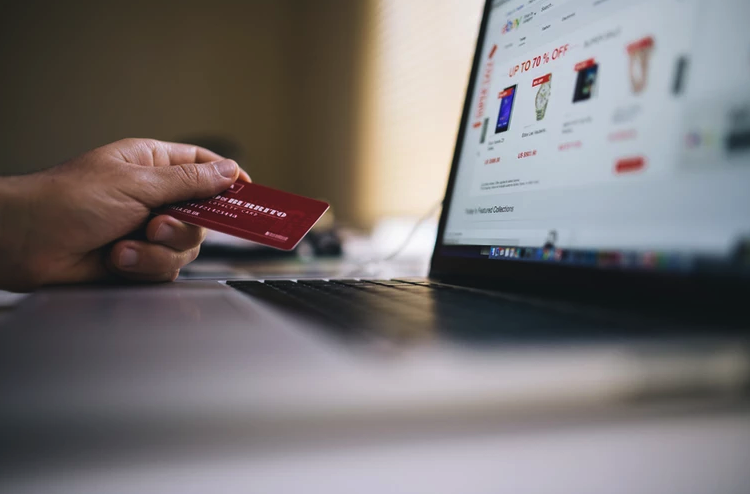
5 Consumer Shopping Habits From 2020 With Long-Lasting Effects
It comes as no shock that COVID-19 completely changed consumer shopping habits. Seemingly overnight, the world shut down and businesses had to pivot from reaching on-the-go consumers to at-home consumers. So, what were the major changes? And which trends are here to stay?
1. E-Commerce
A small positive of having to stay home in 2020 (vs. a hundred years ago) is that we still have access to the outside world through connected devices. Throughout the pandemic, 81% of buyers continued shopping online through the end of 2020, prioritizing the convenience of shopping online — something that will continue to stay as we move forward, as 51% of Americans say the Pandemic has changed the way they will shop, moving forward. We’ve said in the past that digital transformation was going to be a key consideration for businesses in the next five years, but COVID-19 accelerated this. As of last year, it will be largely impossible for businesses to succeed without prioritizing their digital experience.
2. Support Local Businesses
We’re all in this together. Crisis strengthens people’s sense of community, which is why 80% of consumers are feeling more inclined to help out the community and support local businesses. Post-pandemic, small businesses can continue to stay relevant by emphasizing unique products or shopping experiences unavailable at larger retailers.
3. Health and Wellness
Already trending before COVID-19, the virus understandably accelerated consumers’ interest in health and wellness, according to a a study by Accenture. Health, personal safety, the personal safety of friends and family, all continue to be a top priority for consumers, but mental health and wellness is a growing concern, as well.
4. Emphasis on Home
Shopping for the home has seen a rise in the past year and will only continue to grow as our society shifts towards the new normal. Even with vaccines rolling out and the possibility of going back into office spaces, many businesses have announced plans to permanently allow their employees to work from home, making the at-home consumer more permanent in our near future. Brands should keep in mind what’s most important for the at-home consumer, both in terms of product and messaging that acknowledges new challenges with maintaining work/life balance.
5. Touchless/Contactless Payments
As an extension of health and wellness, consumers have adapted technology to feel more at ease when shopping. Touchless/contactless payment hast become normalized in the past year, with 34% of adults under the age of 50 rarely making payments with cash. While contactless payments are currently popular because of the pandemic, consumers cite the convenience as a major benefit, as well, making it likely that contactless will continue to be a preferred payment option, post-pandemic.